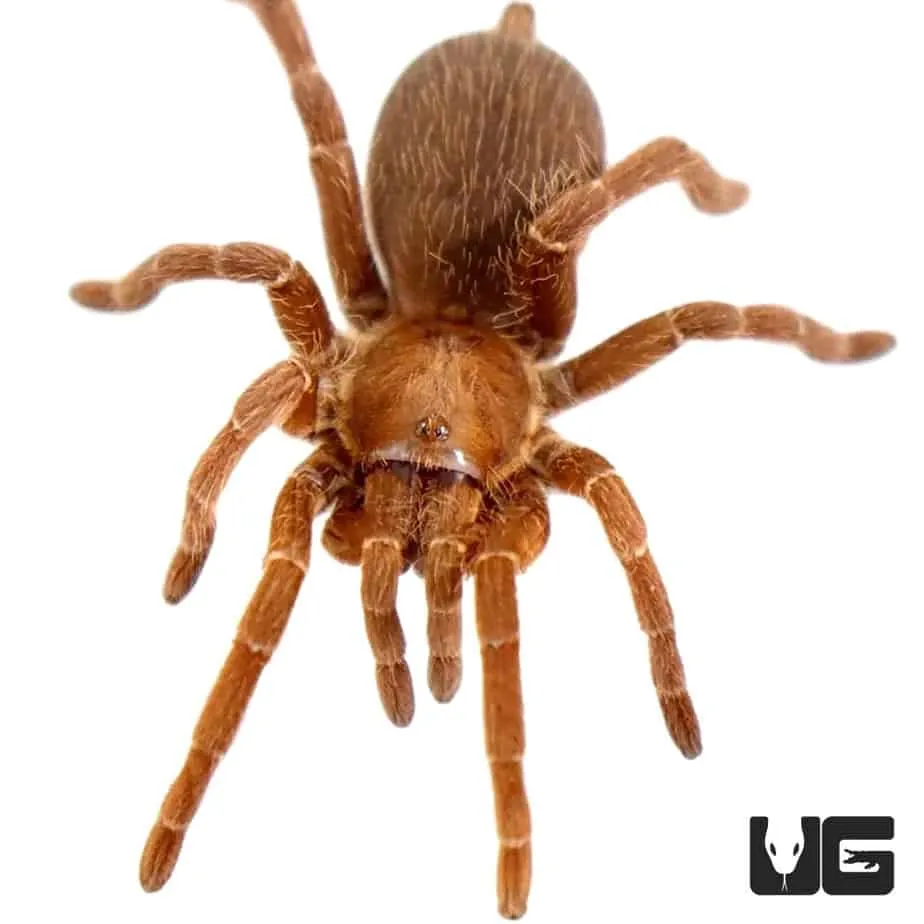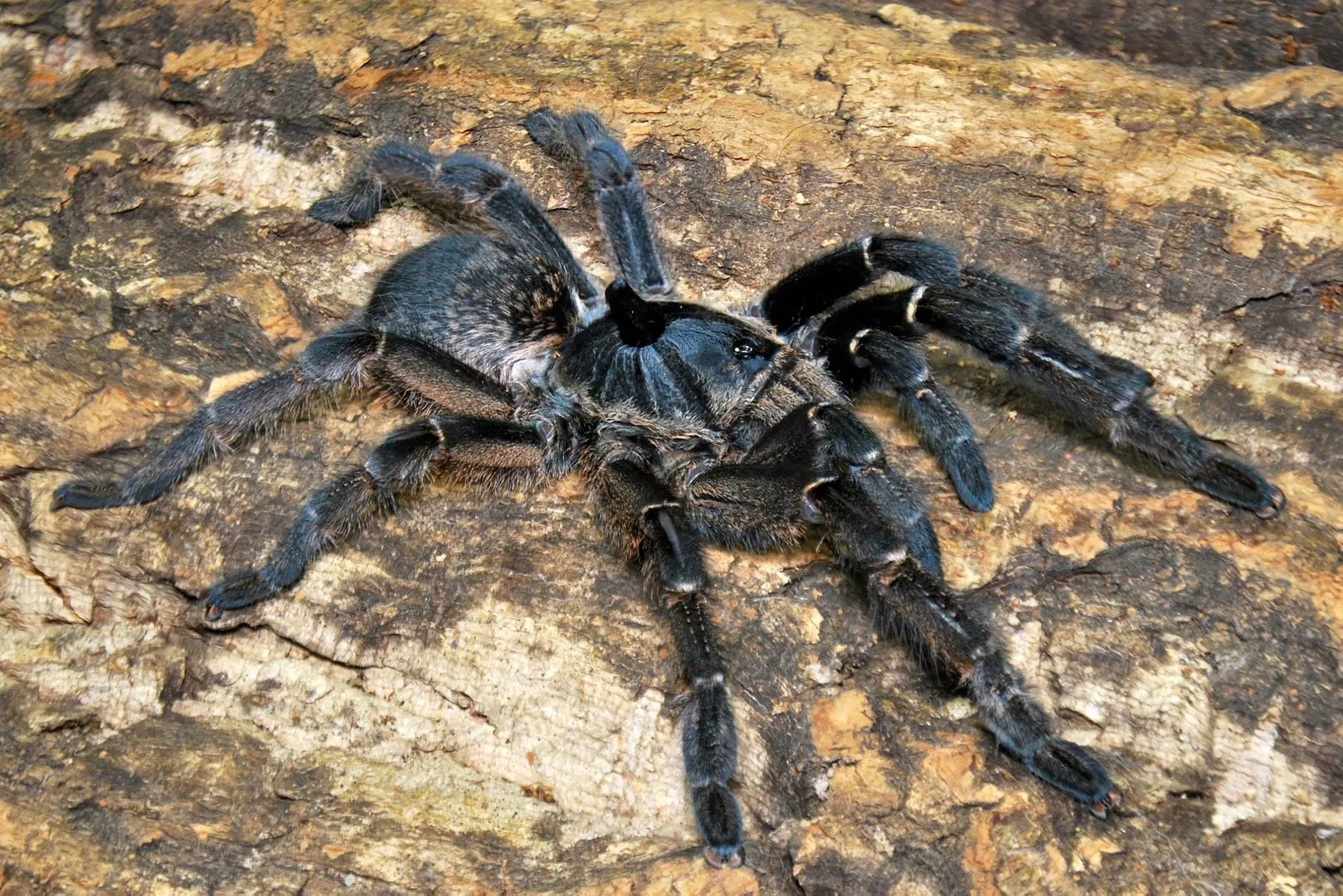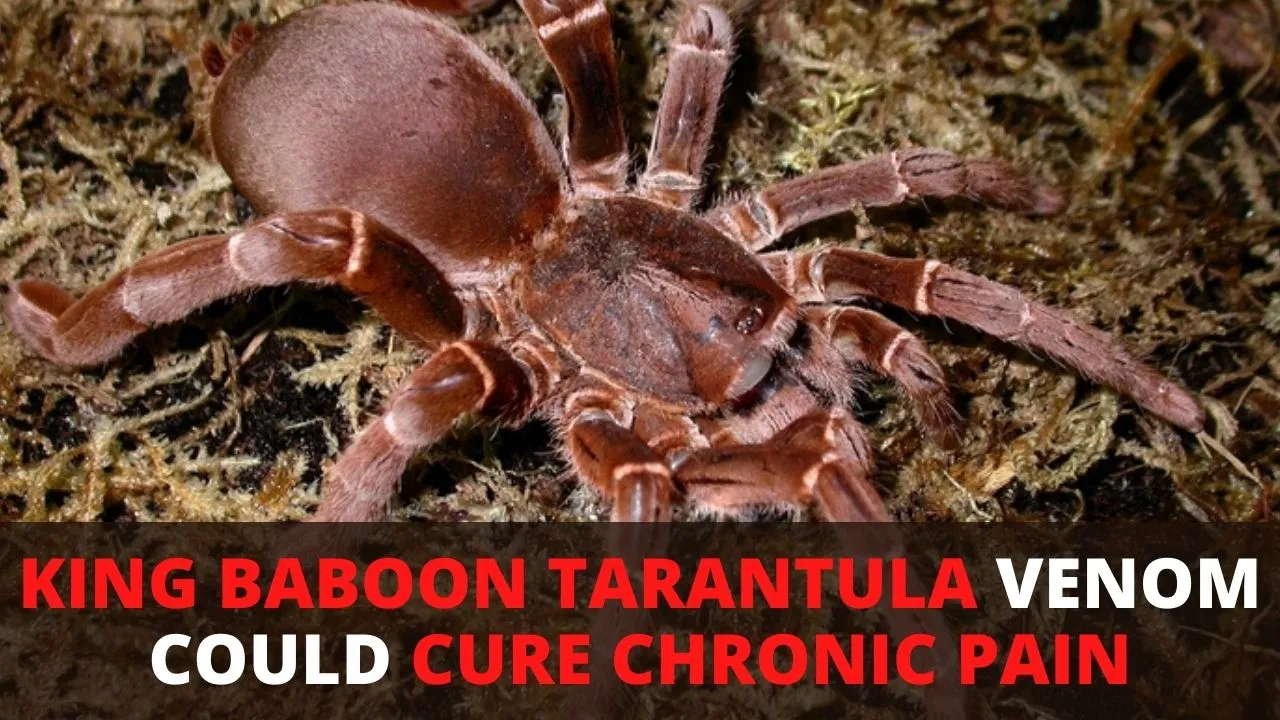Baboon tarantulas, with their intimidating size and potent venom, command respect in the arachnid world. Understanding the nature of their venom, the immediate steps to take if bitten, and the long-term implications are crucial for anyone who encounters these creatures, either in the wild or in captivity. This guide aims to provide comprehensive information on how to neutralize baboon tarantula venom, ensuring safety and promoting effective response strategies.
Understanding Baboon Tarantula Venom
The venom of a baboon tarantula is a complex cocktail of toxins designed to immobilize prey and defend against threats. Its potency varies depending on the species, the size and age of the tarantula, and even environmental factors. While not typically lethal to humans, the venom can cause significant pain, localized swelling, and other systemic effects. The severity of the reaction depends on factors such as the amount of venom injected, the individual’s sensitivity, and the promptness of medical intervention. The venom’s composition includes a mix of enzymes, peptides, and other compounds that target the nervous system and tissues, leading to a range of physiological responses.
What Makes Baboon Tarantula Venom Dangerous?
The danger of baboon tarantula venom lies in its diverse effects. Unlike some venoms that primarily affect the circulatory system, baboon tarantula venom has a broader impact. The venom can trigger intense pain, muscle cramps, and localized swelling around the bite site. More severe reactions may include nausea, vomiting, sweating, and difficulty breathing. Though fatalities are rare, the potential for severe allergic reactions and secondary infections underscores the importance of treating every bite seriously. Furthermore, the psychological impact of being bitten by a large, venomous spider should not be underestimated, as fear and anxiety can exacerbate physical symptoms.
The Composition of Baboon Tarantula Venom

Baboon tarantula venom is a complex mixture of bioactive compounds. These include various enzymes, such as hyaluronidase, which helps spread the venom, and phospholipases that damage cell membranes. Neurotoxins are also present, affecting nerve function and causing pain and muscle spasms. Other components contribute to inflammation and localized tissue damage. The specific composition varies slightly between different baboon tarantula species, but all share a common aim immobilizing prey quickly. (Image baboon-tarantula-venom-composition.webp)
Immediate First Aid Steps
The first few minutes following a baboon tarantula bite are critical. Quick and appropriate action can significantly mitigate the effects of the venom. The immediate response sets the stage for recovery and minimizes potential complications. Staying calm and composed is paramount, allowing you to think clearly and execute the necessary steps efficiently.
What to Do Immediately After a Bite
Immediately after a bite, the primary goal is to prevent the venom from spreading and alleviate the initial symptoms. First, move away from the spider to a safe area. Then, gently clean the bite area with mild soap and water to reduce the risk of secondary infection. Immobilize the affected limb to slow the spread of venom, and remove any constricting items like rings or bracelets, as swelling may occur. Monitor for signs of an allergic reaction, such as difficulty breathing or swelling of the face, lips, or tongue. (Image first-aid-tarantula-bite.webp)
Cleaning the Wound

Proper wound care is essential to minimize the risk of infection and promote healing. Gently wash the bite area with mild soap and cool water. Avoid using harsh chemicals or scrubbing vigorously, as this can irritate the skin and potentially worsen the situation. Rinse thoroughly to remove all traces of soap. Pat the area dry with a clean cloth, and apply a sterile dressing to protect the wound from contamination.
Applying a Cold Compress
Applying a cold compress to the bite area can help reduce pain, swelling, and inflammation. Use an ice pack or a cloth soaked in cold water, and apply it for 10-15 minutes at a time, several times a day. This can also slow down the absorption of venom by constricting blood vessels. Ensure the compress is not directly on the skin; use a barrier like a cloth to prevent ice burn. (Image tarantula-bite-recovery.webp)
Seeking Medical Attention
Medical attention is crucial after a baboon tarantula bite. Although not always life-threatening, the venom can cause significant symptoms and, in rare cases, lead to serious complications. A healthcare professional can assess the severity of the bite, provide appropriate treatment, and monitor for any adverse reactions. Seeking medical help ensures the best possible outcome and reduces the risk of long-term health issues.
When to Seek Professional Help

It is crucial to seek professional medical attention immediately following a baboon tarantula bite. This is particularly important if you experience severe symptoms such as difficulty breathing, rapid heart rate, or widespread swelling. Other reasons to seek help include if the bite is from a species known to have highly potent venom, if the symptoms worsen over time, or if you are unsure of the spider’s identity. Medical professionals can provide appropriate treatment and monitor for any complications.
Symptoms to Watch Out For
After being bitten, it’s vital to closely monitor for various symptoms. Common signs include intense pain at the bite site, localized swelling, and redness. Other symptoms may include muscle cramps, nausea, vomiting, sweating, and difficulty breathing. In more severe cases, there may be systemic effects like fever, chills, and changes in blood pressure. Any signs of an allergic reaction, such as swelling of the face or throat, should be treated as a medical emergency. Promptly recognizing and addressing these symptoms can significantly improve the outcome. (Image baboon-tarantula-identification.webp)
Medical Treatments and Antivenom
Medical treatment for a baboon tarantula bite focuses on managing symptoms and preventing complications. Pain medication, such as ibuprofen or acetaminophen, may be administered to alleviate discomfort. Antihistamines can help reduce swelling and itching. In rare cases, antivenom may be available, but it is not commonly produced for baboon tarantula bites, and its use depends on the species and the severity of the reaction. Tetanus shots may be administered to prevent infection.
Administering Antivenom

Antivenom administration is a serious medical procedure. It is typically given intravenously under medical supervision. The dosage and administration protocol depend on the specific antivenom available and the patient’s reaction. Medical professionals carefully monitor for any allergic reactions to the antivenom itself. The use of antivenom is reserved for severe cases and is not a standard treatment for all baboon tarantula bites. The decision to administer antivenom is made by a medical professional based on the severity of symptoms.
Aftercare and Recovery
Recovery from a baboon tarantula bite can vary depending on the severity of the bite and the individual’s response. After receiving medical treatment, follow the healthcare provider’s instructions. This may include taking prescribed medications, cleaning and caring for the bite site, and attending follow-up appointments. Rest and avoid strenuous activities to promote healing. Monitor for any signs of infection or worsening symptoms, and seek medical advice if needed. (Image tarantula-bite-recovery.webp)
Long-Term Effects and Complications
While most people recover fully from a baboon tarantula bite, some may experience long-term effects or complications. These can include chronic pain, nerve damage, and persistent skin issues. In rare instances, severe allergic reactions may result in lasting health problems. Psychological effects, such as anxiety and fear related to spiders, are also possible. Regular medical check-ups and prompt treatment of any complications are essential for managing and minimizing long-term effects.
Preventing Baboon Tarantula Bites

Preventing baboon tarantula bites is the most effective way to avoid the potential dangers of their venom. Education, awareness, and cautious behavior are the key components of prevention. Understanding the habitat, behavior, and potential risks associated with baboon tarantulas can significantly reduce the chances of an encounter. Always be mindful of surroundings, particularly in areas known to be inhabited by these spiders. (Image baboon-tarantula-environment.webp)
Identifying Baboon Tarantulas
Identifying baboon tarantulas is the first step in preventing bites. These spiders are characterized by their large size, typically with a leg span ranging from 4 to 10 inches, and their robust build. They have hairy bodies and distinct fangs that they use to inject venom. Baboon tarantulas often have unique color patterns that can help distinguish them from other tarantula species. Accurate identification of the species is crucial, as the venom potency and potential effects can vary. Familiarize yourself with local species through field guides and online resources. (Image baboon-tarantula-identification.webp)
Safe Handling Procedures
Safe handling procedures are essential for anyone working with or near baboon tarantulas. Always wear appropriate protective gear, including thick gloves, long sleeves, and eye protection. Handle tarantulas in a controlled environment, such as a secure enclosure. Avoid sudden movements or actions that could startle the spider. Use tools like tongs to move the spider if necessary, and never attempt to handle a tarantula barehanded, unless trained and experienced. Always wash hands thoroughly after handling, and store the animals in secure, escape-proof enclosures (Image safe-handling-tarantulas.webp).
Maintaining a Safe Environment

Creating and maintaining a safe environment is essential for minimizing the risk of baboon tarantula encounters. When in areas where these spiders are known to be present, wear appropriate clothing and use caution when working outdoors. Inspect areas where you are working or spending time, such as woodpiles, sheds, and dark corners, for potential spider habitats. Keep the environment free of clutter, which can provide hiding places for spiders. Use pest control methods to minimize the presence of insects, which can serve as food for tarantulas. (Image baboon-tarantula-environment.webp)
Debunking Myths About Baboon Tarantula Venom
Misconceptions about baboon tarantula venom can lead to fear and misunderstanding. Separating fact from fiction is essential for proper safety and response. Dispelling common myths can reduce unnecessary panic and ensure that appropriate steps are taken in case of a bite. Understanding the reality of the venom’s effects and the potential risks allows for a more informed and rational approach to safety.
Common Misconceptions
Several common misconceptions surround baboon tarantula venom. One myth is that all tarantula bites are deadly, which is untrue; fatalities are extremely rare. Another myth is that antivenom is readily available for all tarantula bites, which is also incorrect, as antivenom is not available for every species. Some people believe that a tarantula bite will always result in severe symptoms, which is not always the case. Understanding these misconceptions can help to remain calm and implement appropriate first-aid steps rather than panicking.
The Reality of Baboon Tarantula Bites
The reality of baboon tarantula bites is that while they can be painful and cause localized symptoms, they are rarely fatal to humans. Proper first aid, including cleaning the wound, applying a cold compress, and seeking medical attention, can help manage the symptoms and prevent complications. While some individuals may experience severe reactions, the majority of bites result in manageable symptoms. Understanding the true nature of the venom’s effects and taking appropriate precautions are crucial for mitigating risks and ensuring safety. The venom is primarily a defense mechanism designed to subdue prey, not to harm humans lethally.
In conclusion, neutralizing baboon tarantula venom requires a combination of knowledge, prompt action, and medical care. By understanding the venom, knowing the immediate steps to take after a bite, and seeking professional help when needed, one can significantly reduce the risks associated with these fascinating but formidable creatures. Prevention through safe handling practices and environmental awareness is the best approach to avoid bites altogether, ensuring safety and peace of mind. Always prioritize safety and seek professional medical advice for any tarantula bite.
